0 Comments
Maybe quilting is a hobby people tend to take up in their middle years, as they settle into homes that have room for all the stuff, and as they age out of caring about fashion and clothes-sewing. Plus, a lot of young people exhibit their quilts on blogs and message boards (looking at you, r/quilting!) and Facebook, rather than in shows.
I wonder by what rubric we could actually evaluate whether an art is "dying"? I'm not the type to jump on a bandwagon... usually. But if that bandwagon is driven by a hobbyist mathematician and loaded with nerdy quilters from Reddit, I could make an exception. I am pretty interested in tessellations, after all! So today I'll introduce the "hat" einstein tile, and try to figure out how to most efficiently piece it for quilting.
Fair warning, for those whose interest in einstein tiles is deep and mathematical... mine is not. I'm not a fan of math; I'm a fan of the aesthetics of math! Just as most as most of us can distinguish between fluency and awkwardness when we hear unknown languages, so most people differentiate between elegant and awkward design, without being able to explain the mathematical concepts. For example, given several different rectangles to choose from, most people instinctively like the Golden Rectangle best, even without measuring it. And most people are repelled by ugliness in design, without being able to tell you which mathematical law was broken! It is in this inchoate, instinctual way that I appreciate math. I see something beautiful and get excited, but I don't truly understand. I can't teach it because I don't "speak" that language. Today's post will be laden with links to people who understand this much better than I do. My goal is just to draw it myself, leaving the proofs to someone else!
|
Karen Roy
Quilting, dressmaking, and history plied with the needle... Sites I EnjoyThe Quilt Index Categories
All
Archives
March 2024
|
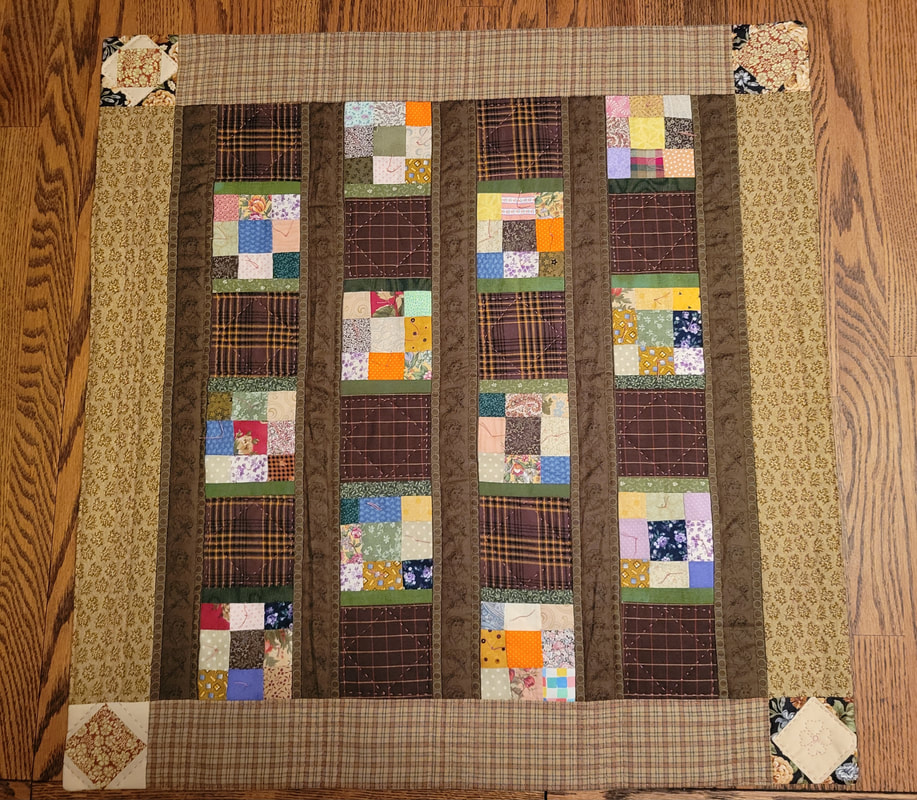
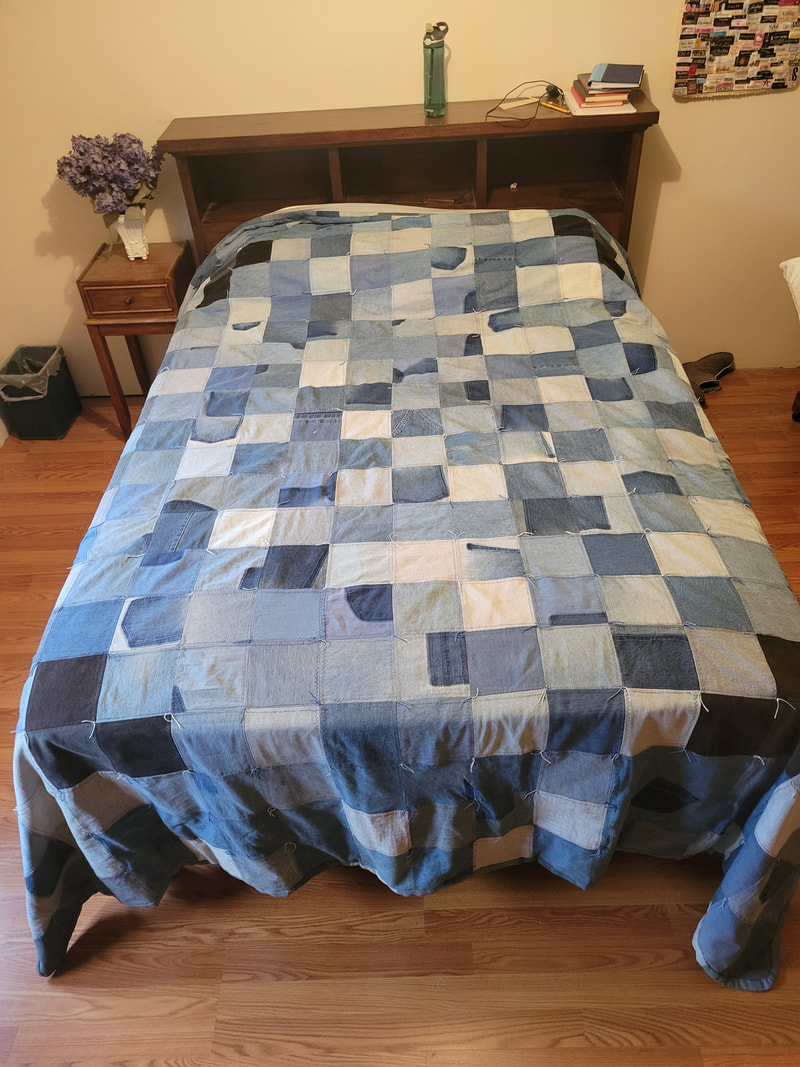
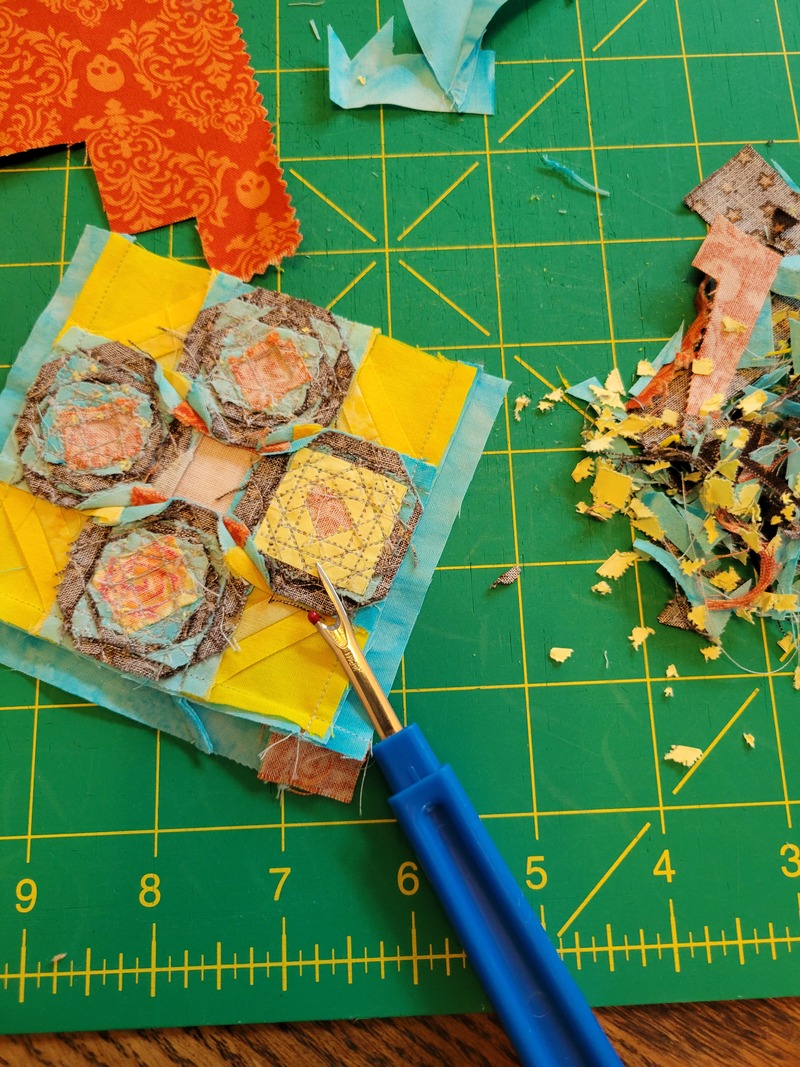
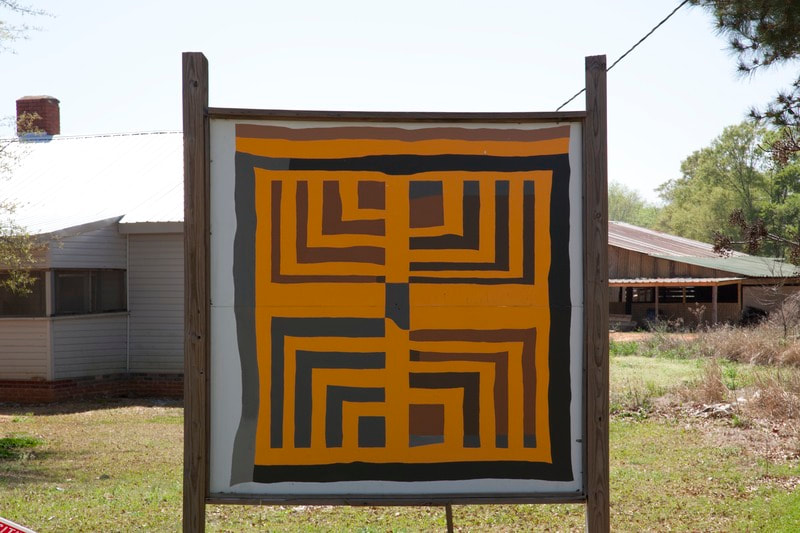
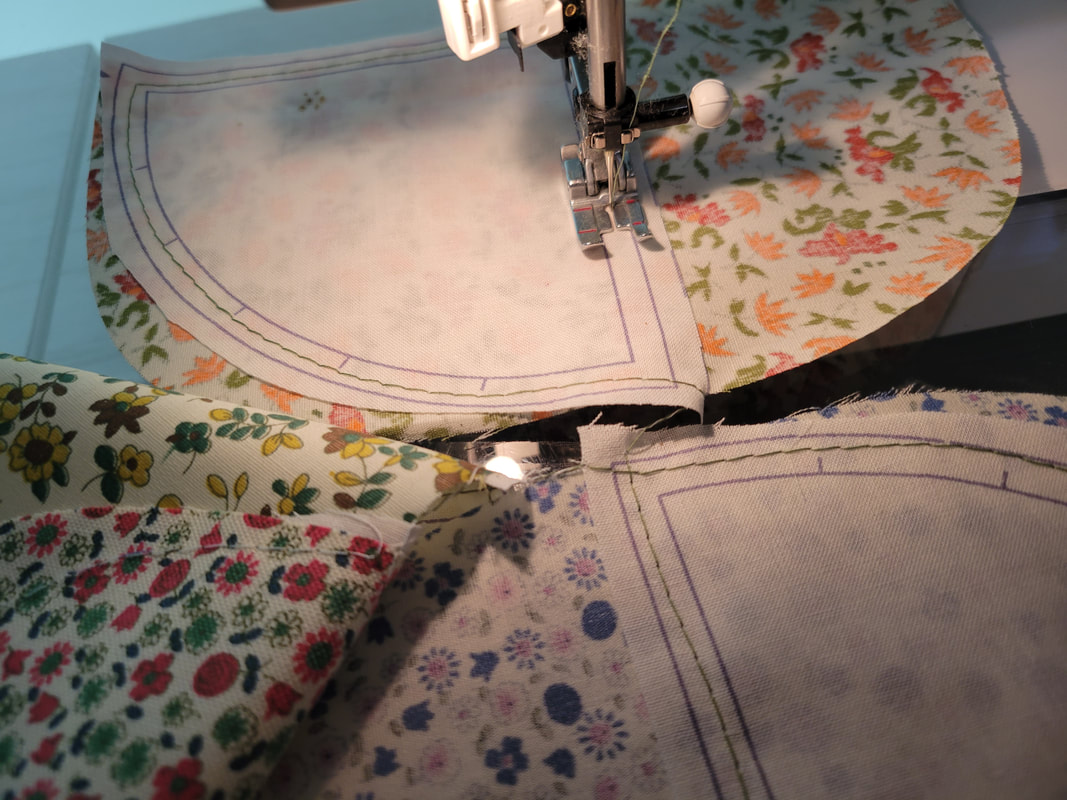
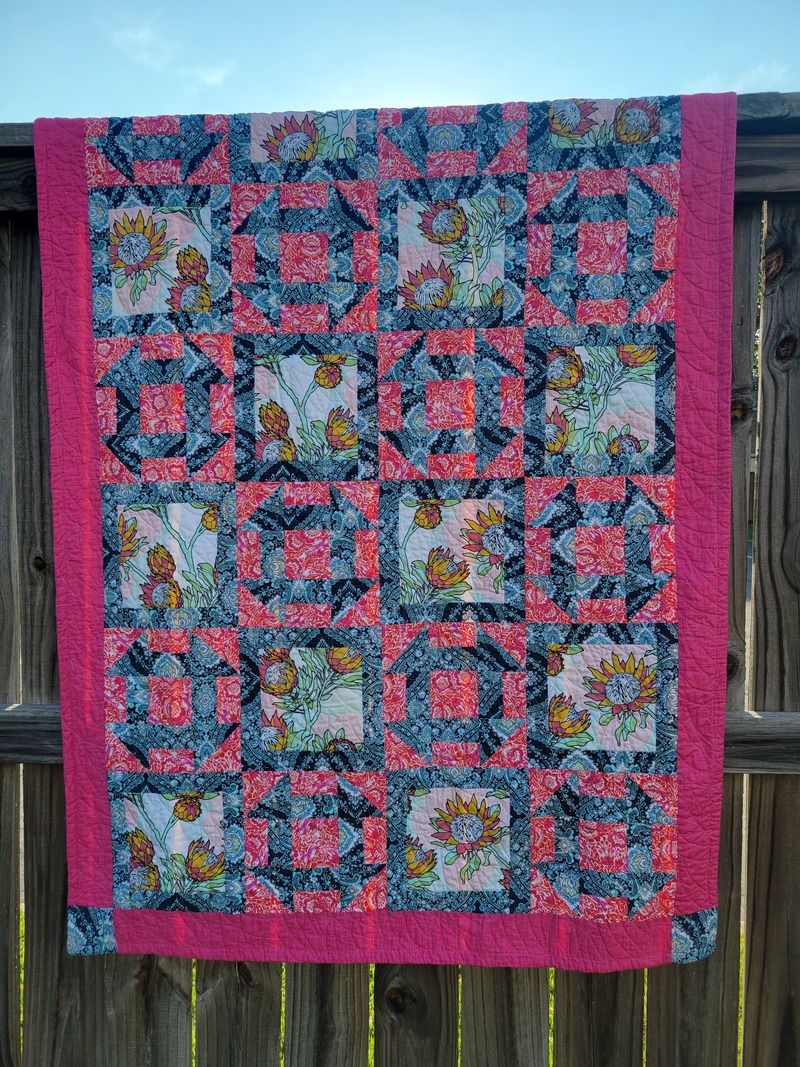
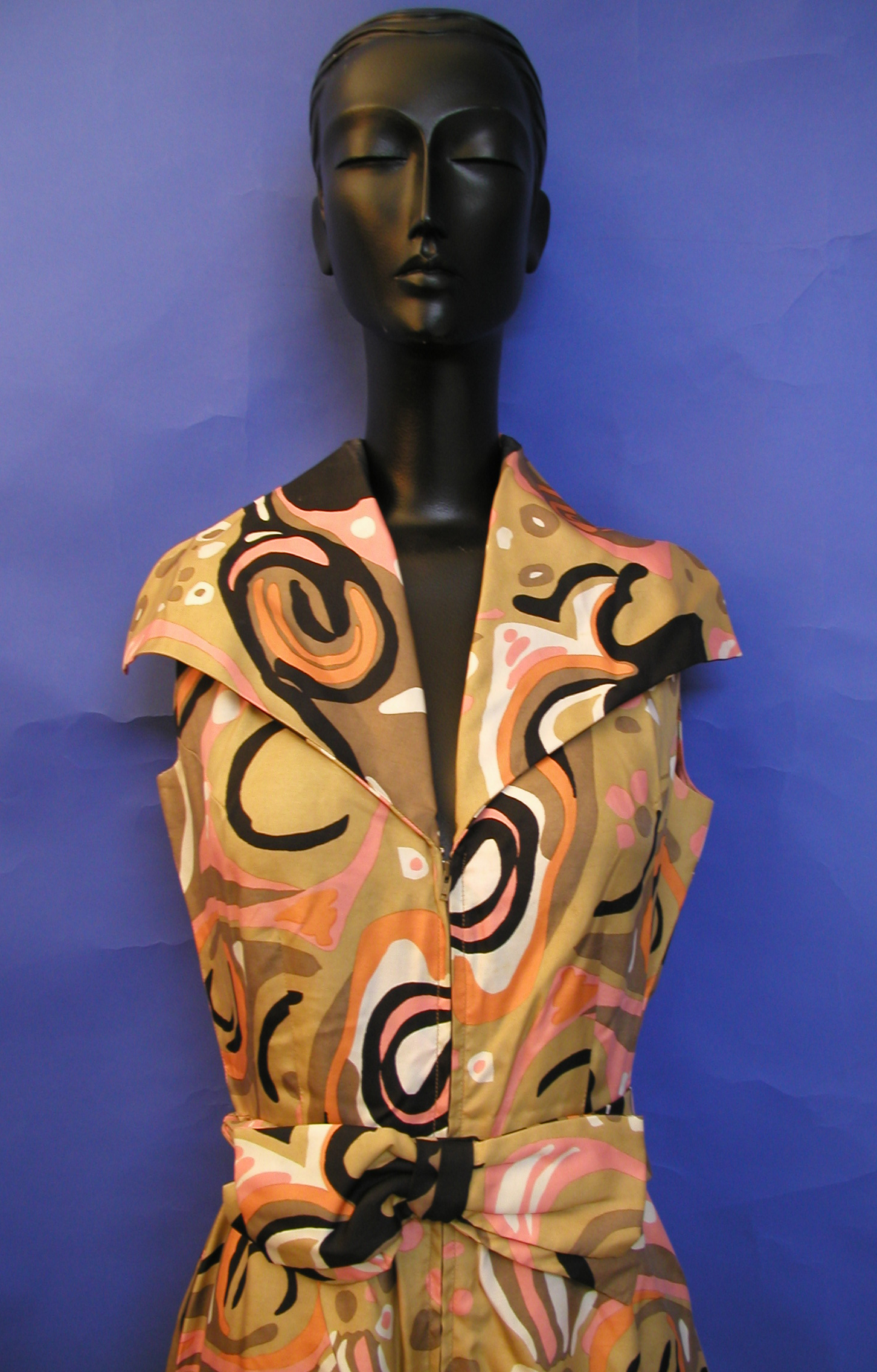
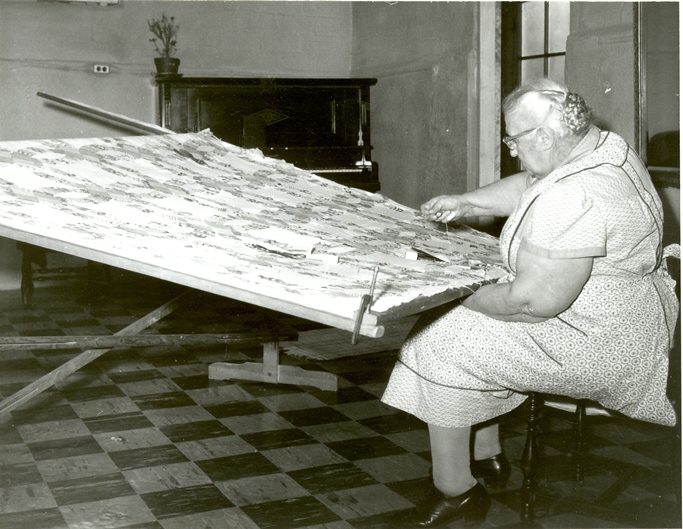
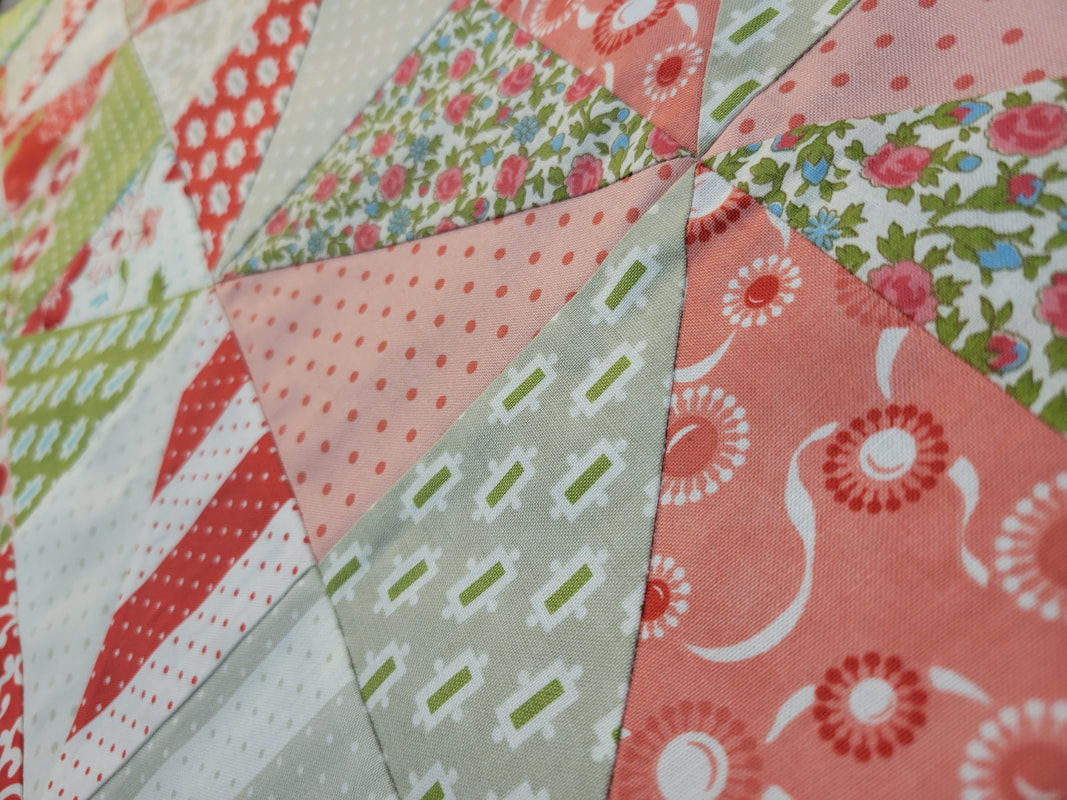
 RSS Feed
RSS Feed